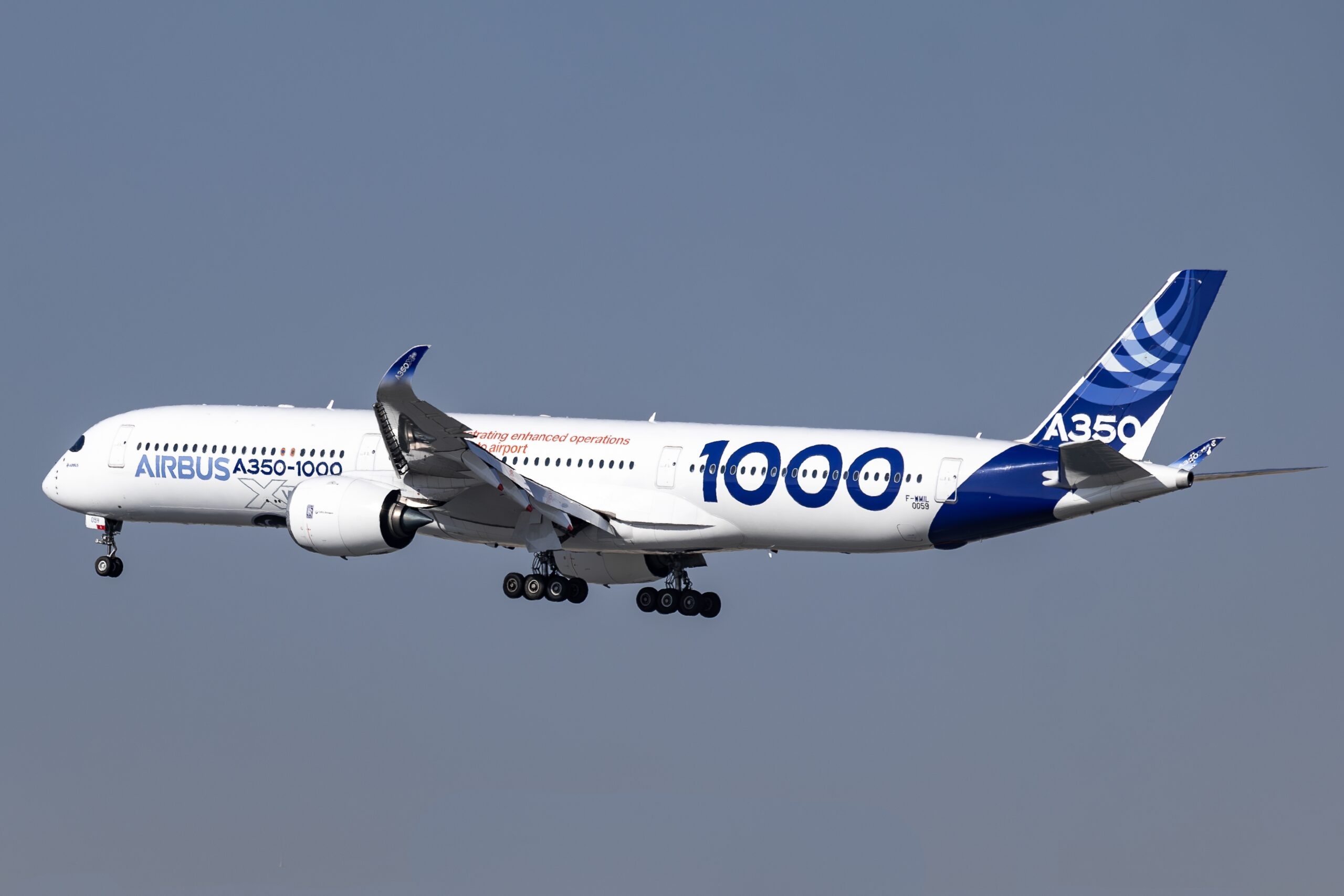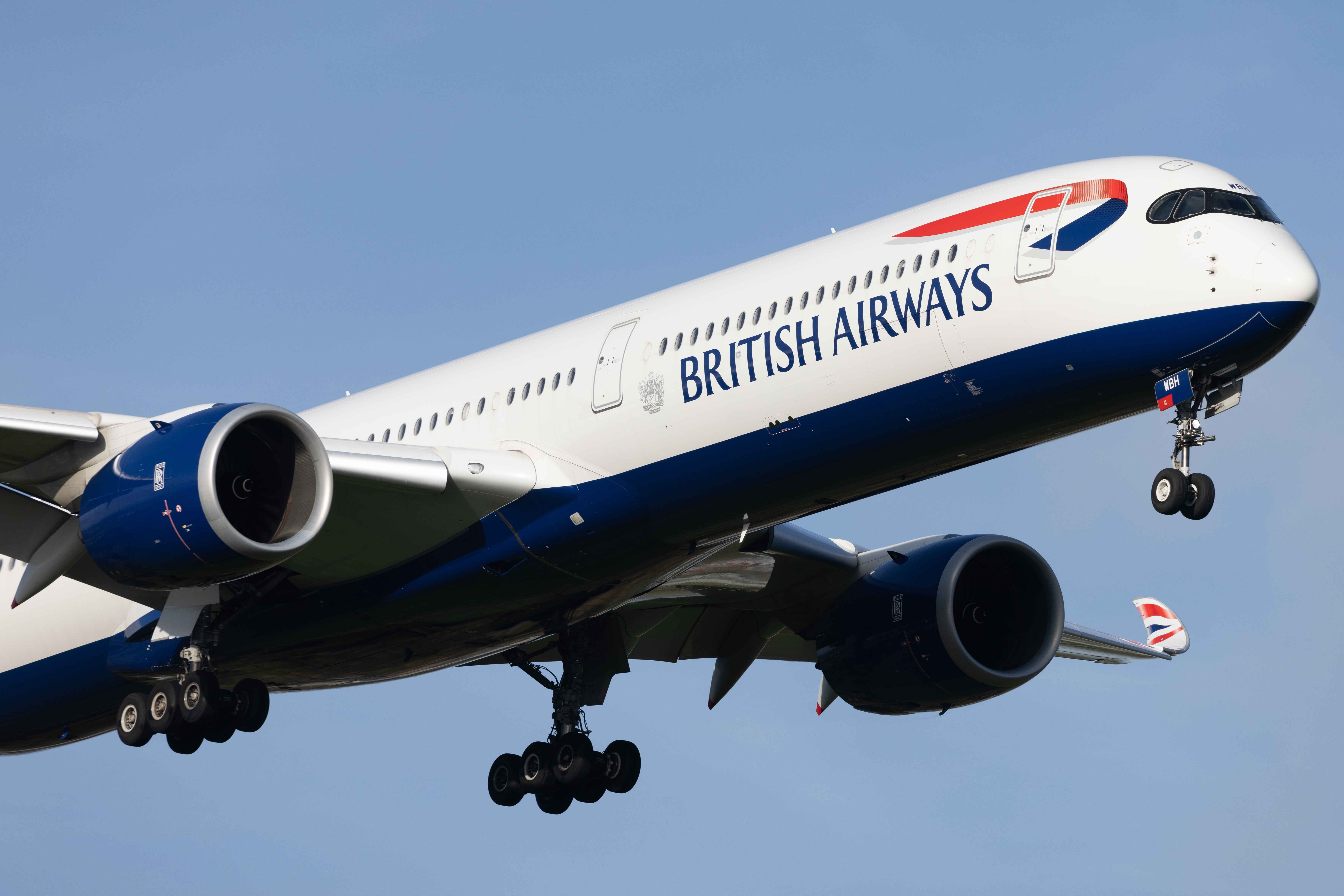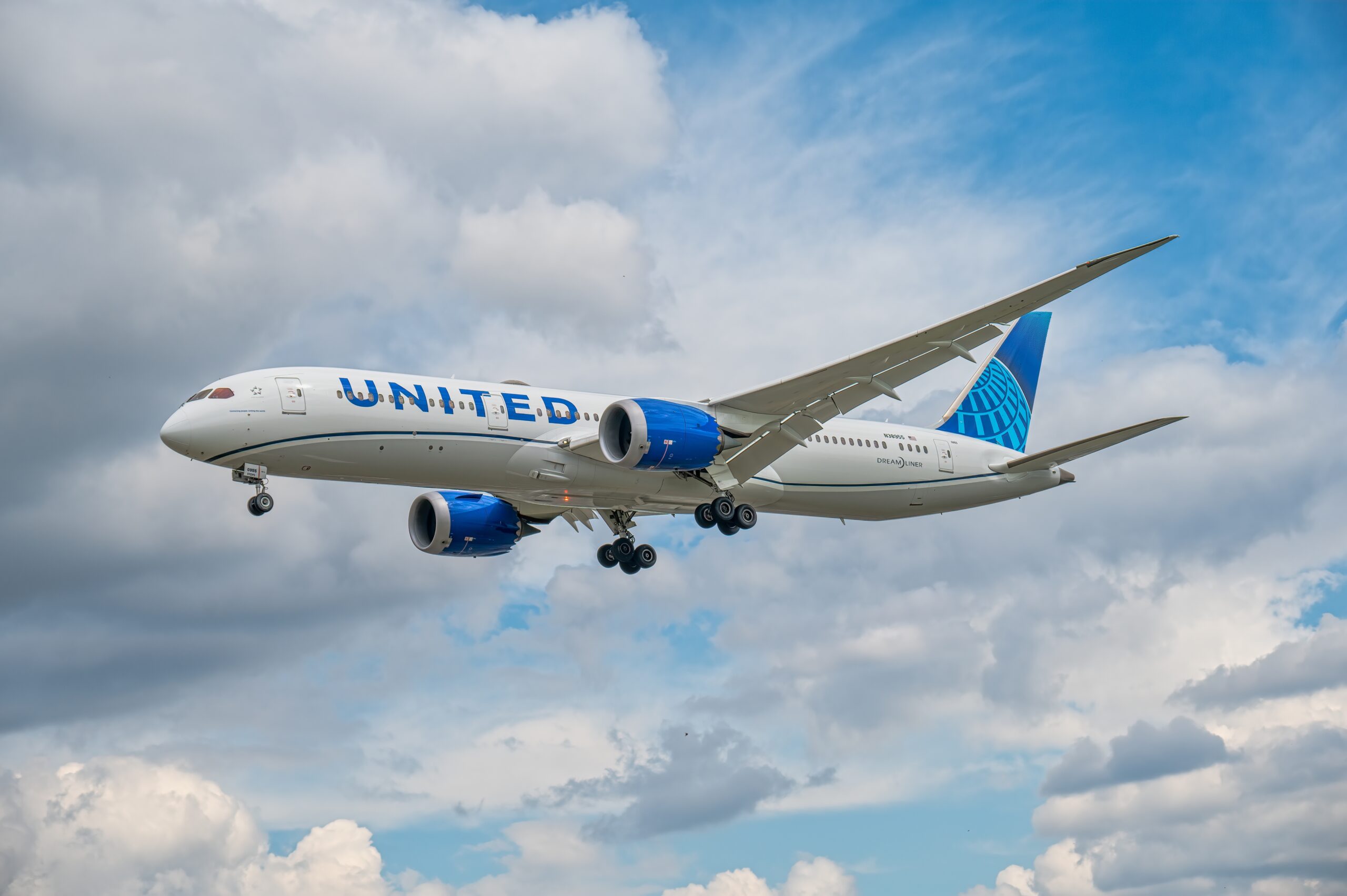Military Aviation News
Military aviation remains one of the most dynamic and rapidly evolving sectors in defense. Staying updated on the latest developments offers insights into technology, strategy, and international relations. This article delves into recent significant events and breakthroughs in military aviation.
Advancements in Stealth Technology
Stealth technology is crucial to modern warfare. The U.S. Air Force recently unveiled the B-21 Raider, a long-range strike bomber designed to penetrate enemy defenses. Equipped with radar-absorbing materials and a sleek design, the B-21 enhances survivability in contested airspace. The aircraft showcases advancements in avionics, propulsion, and weapon delivery systems.
Hypersonic Weapons Integration
Hypersonic weapons travel at speeds exceeding Mach 5. Several nations, including the U.S., Russia, and China, are in a race to develop and deploy these weapons. The U.S. Air Force is testing the AGM-183A Air-Launched Rapid Response Weapon (ARRW). This missile is designed to be launched from a B-52 bomber, providing rapid global strike capability. Russia’s Tsirkon hypersonic cruise missile has also achieved successful tests, adding to the global arms race dynamics.
Drone Swarm Technology
Unmanned Aerial Vehicles (UAVs) are no longer limited to surveillance and reconnaissance. Modern UAVs, such as the MQ-9 Reaper, now conduct strike missions. The emerging concept of drone swarms involves deploying numerous UAVs to overwhelm enemy defenses. These swarms can perform coordinated attacks, reconnaissance, and electronic warfare. The U.S. and China are leading the research and testing of this technology, which promises to revolutionize air combat tactics.
Fifth and Sixth Generation Fighters
Fifth-generation fighters like the F-35 Lightning II and the Su-57 bring advanced stealth, avionics, and weapon systems to the battlefield. The F-35, with its network-centric warfare capabilities, allows for seamless integration with other platforms. Meanwhile, developments in sixth-generation fighters are on the horizon. The U.S. Air Force’s Next Generation Air Dominance (NGAD) program aims to deliver a successor to the F-22 Raptor. Expected features include artificial intelligence (AI) integration, directed energy weapons, and enhanced electronic warfare capabilities.
Artificial Intelligence in Combat
AI is transforming military aviation. AI algorithms enhance decision-making, target recognition, and mission planning. The U.S. Air Force’s Skyborg program seeks to develop an autonomous UAV that can perform missions alongside manned aircraft. These AI-driven UAVs can reduce pilot workload and enable more complex operations. Countries like China are also investing heavily in AI for military applications, signaling a new era in air combat strategy.
Upgrades to Legacy Aircraft
Mature aircraft are receiving significant upgrades to extend their operational life. The B-52 Stratofortress, in service since the 1950s, is undergoing modernization. Upgrades include new engines, radar systems, and avionics. These enhancements ensure the B-52 remains a valuable asset in the U.S. bomber fleet. Similarly, the F-15EX Eagle II represents an evolution of the F-15 design, incorporating modern systems while leveraging the aircraft’s proven airframe.
International Collaboration and Joint Exercises
Countries are increasingly engaging in joint exercises and developing collaborative programs. NATO allies recently conducted Exercise Trident Juncture, involving thousands of troops and numerous aircraft. These exercises enhance interoperability and ensure readiness for collective defense. The UK, Italy, and Japan are collaborating on the Tempest program, a next-generation fighter initiative aimed at producing a cutting-edge aircraft by the 2030s.
Cybersecurity in Military Aviation
As aircraft become more interconnected, cybersecurity emerges as a critical concern. The increasing reliance on digital systems makes aircraft susceptible to cyber-attacks. Efforts are ongoing to develop robust cybersecurity measures to protect avionics, communication, and navigation systems. The U.S. DoD’s Cyber Resilient Weapon Systems Initiative seeks to ensure that military aviation platforms can withstand and recover from cyber threats.
Strategic Shifts and New Theaters
Military aviation strategy is adapting to new theaters of operation. The U.S. is pivoting its focus towards the Indo-Pacific region, challenging China’s growing influence. The deployment of advanced aircraft to bases in Guam and Japan demonstrates this strategic shift. In Europe, NATO is enhancing its air defenses in response to Russia’s actions in Ukraine. These shifts reflect the changing geopolitical landscape and the need for responsive air power.
Innovations in Pilot Training
Pilot training is evolving with technology. Virtual and augmented reality simulations are providing realistic training environments. These tools reduce training costs and enhance mission readiness. The U.S. Air Force’s Pilot Training Next program integrates cutting-edge VR systems, allowing pilots to experience complex scenarios safely. Traditional flight schools now incorporate these technologies to better prepare pilots for modern combat.
Environmental Considerations
Environmental concerns are prompting innovations in military aviation. The U.S. Air Force is exploring sustainable aviation fuel (SAF) to reduce carbon emissions. The Royal Air Force conducted the world’s first flight using 100% synthetic fuel in a military jet. These initiatives are part of broader efforts to make military aviation more environmentally friendly. Reducing the carbon footprint without compromising readiness is a growing priority.
Space and Air Integration
The boundaries between air and space are blurring. The U.S. Space Force, established in 2019, oversees military operations in space. New aircraft designs consider the potential for space operations. The X-37B Orbital Test Vehicle is an example of a spaceplane with military applications. Integration of air and space capabilities enhances situational awareness and extends operational reach.
Historic Milestones and Anniversaries
Celebrating the history of military aviation provides context for its evolution. 2023 marks the 120th anniversary of the Wright brothers’ first powered flight, a milestone in aviation history. The 75th anniversary of the U.S. Air Force showcases its journey from the Army Air Corps to an independent branch. Reflecting on these milestones highlights the advancements and sacrifices that have shaped modern air power.
Military aviation continues to advance, driven by technology and strategy. Staying informed on these developments is critical for understanding future conflicts and defense. This rapidly evolving field offers endless opportunities for innovation and strategic thinking.






